Hello, fellow history enthusiasts and wanderlust seekers! I’m Zora Hood, your trusty guide through the annals of time. Today, we’re stepping back in history to explore the colossal ruins of Baalbek in Lebanon. Nestled in the heart of the Middle East, this remarkable archaeological site is a treasure trove for those with a passion for history and a thirst for adventure.
A Prelude to Baalbek
Before we embark on our journey to the colossal ruins of Baalbek, let me set the scene. Lebanon, a country with a rich and diverse history, boasts a past that includes Phoenician, Roman, and Ottoman influences. Baalbek, located in the Beqaa Valley, is a testament to the Roman legacy in the region. It’s a place where myth and history blend seamlessly, making it one of the most captivating historical sites on Earth.
Baalbek: An Ancient Marvel
Baalbek’s story begins around 9000 BC, but the most significant developments took place during the Roman Empire, particularly in the 1st century AD. The city, originally known as Heliopolis (City of the Sun), was dedicated to the god Jupiter. The Romans left behind a colossal architectural marvel that continues to baffle and amaze visitors to this day.
The Mystery of the Trilithon
Now, let’s delve into the enigmatic Trilithon, which has been puzzling historians and archaeologists for centuries. The Trilithon consists of three colossal stones, each weighing around 800 tons. To put that into perspective, that’s roughly equivalent to 500 cars stacked on top of one another.
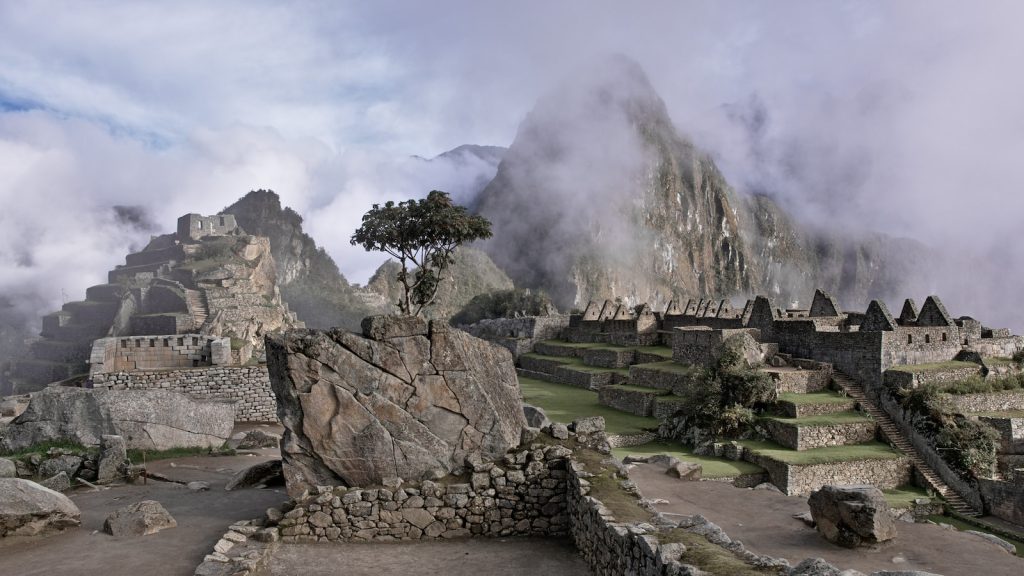
Historians are still scratching their heads, trying to figure out how the Romans managed to transport and position these monolithic stones with such precision. It’s like trying to solve a giant jigsaw puzzle where the pieces are made of solid rock.
Rumor has it that the Romans constructed the Great Temple of Jupiter on top of an existing Phoenician temple. Some speculate that the Trilithon stones were already in place, and the Romans skillfully integrated them into their grand design. Others believe that the Romans possessed lost technologies or secret methods that have since been lost to history. The truth remains a tantalizing mystery.
The Temples of Venus and Mercury
The complex of Baalbek doesn’t stop at the Great Temple of Jupiter and the Bacchus Temple. It also features the Temples of Venus and Mercury. These temples, though not as grand as the Great Temple, add to the site’s historical richness.
The Temple of Venus, dedicated to the goddess of love, boasts intricate sculptures and stunning courtyards. The Temple of Mercury, dedicated to the messenger god, showcases a blend of Roman and Phoenician design, offering a unique perspective on the cultural influences at play in Baalbek.
How to Get There
Lebanon, though a small country, is a diverse land of history, culture, and natural beauty. Baalbek is located about 85 kilometers (53 miles) east of Beirut, Lebanon’s capital. To get there, you can hire a taxi or take a bus from Beirut. The journey through the picturesque Beqaa Valley is an adventure in itself, with stunning views of the surrounding mountains.
Once you arrive at Baalbek, be prepared to walk quite a bit, as the site is extensive. Wear comfortable shoes, bring water, and, of course, a good camera to capture the breathtaking scenery.
The Beauty of Baalbek Beyond History
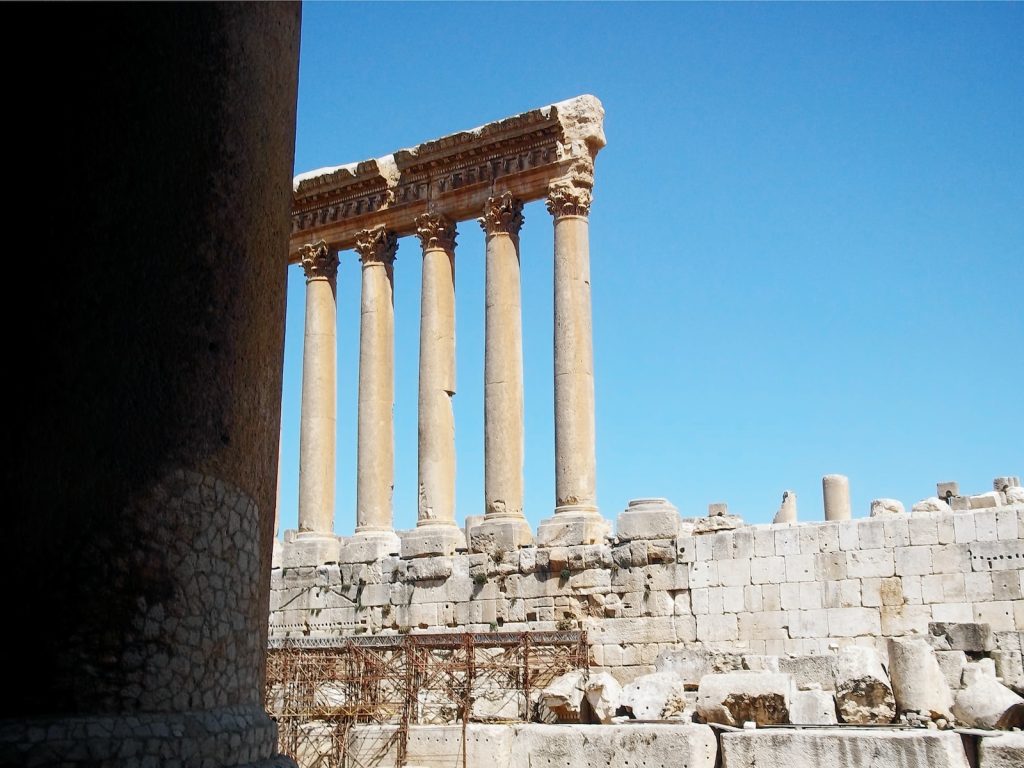
While the ruins of Baalbek are the primary draw, the region has more to offer. The nearby town of Baalbek is vibrant and welcoming, with delicious local cuisine. Don’t forget to try some traditional Lebanese dishes like falafel, shawarma, and the delightful baklava.
Lebanon’s Beqaa Valley, where Baalbek is situated, is also renowned for its vineyards and wineries. Take the opportunity to taste some of the finest wines produced in the Middle East.
Parting Thoughts
The colossal ruins of Baalbek in Lebanon are not just a destination for history buffs; they are a gateway to the ancient world, a place where the past comes alive. When you stand amidst the towering columns, marvel at the Trilithon, and explore the temples, you are transported to a time long gone.
As you explore this breathtaking historical treasure, let your imagination roam free. Reflect on the countless generations that have passed through these ruins, leaving their mark on the stone and the land. The Colossal Ruins of Baalbek are a testament to human ingenuity and the enduring allure of history.
So, the next time you’re planning your historical adventure, consider adding Baalbek to your list. Prepare to be astounded, mystified, and awed by the colossal ruins that have stood the test of time. Lebanon’s gem, Baalbek, is not just an archaeological site; it’s a journey through time, an experience that will stay with you forever.



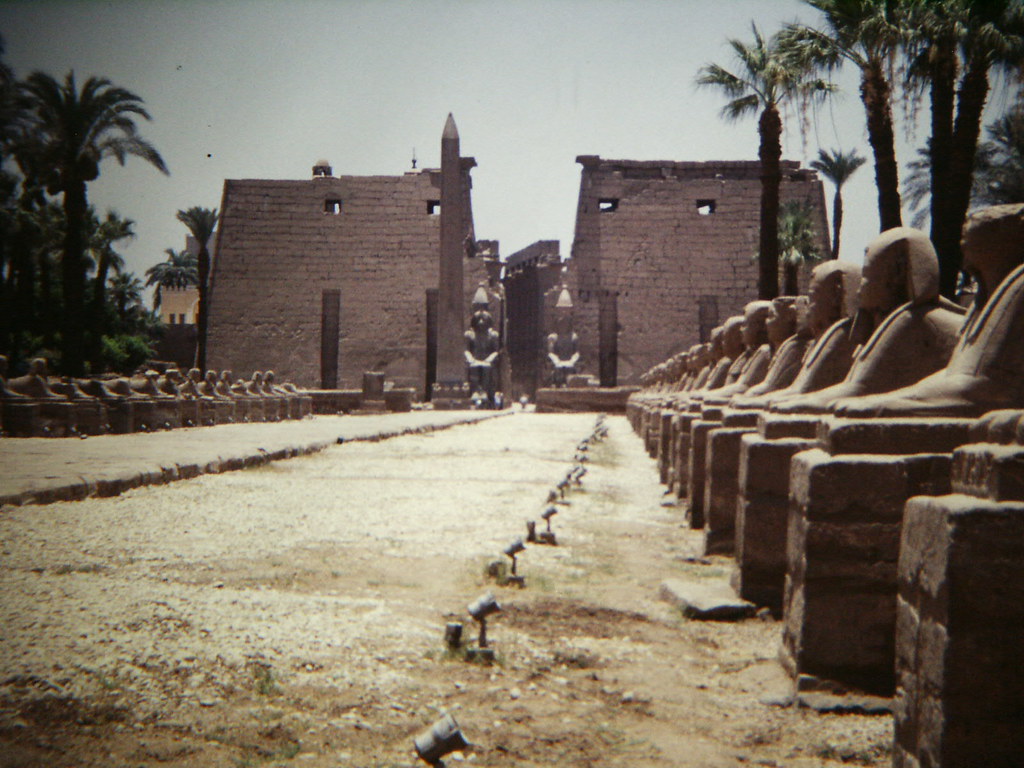
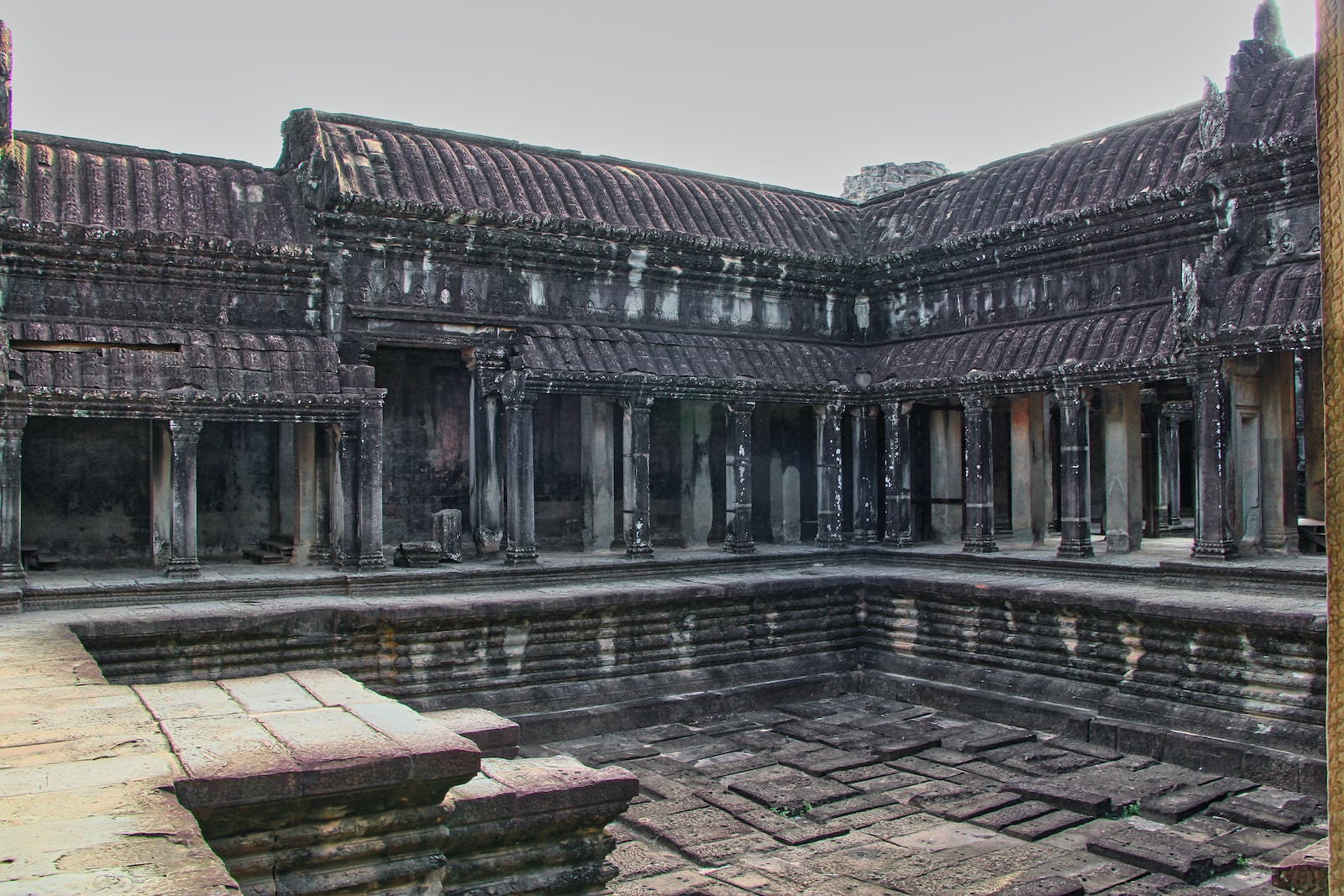











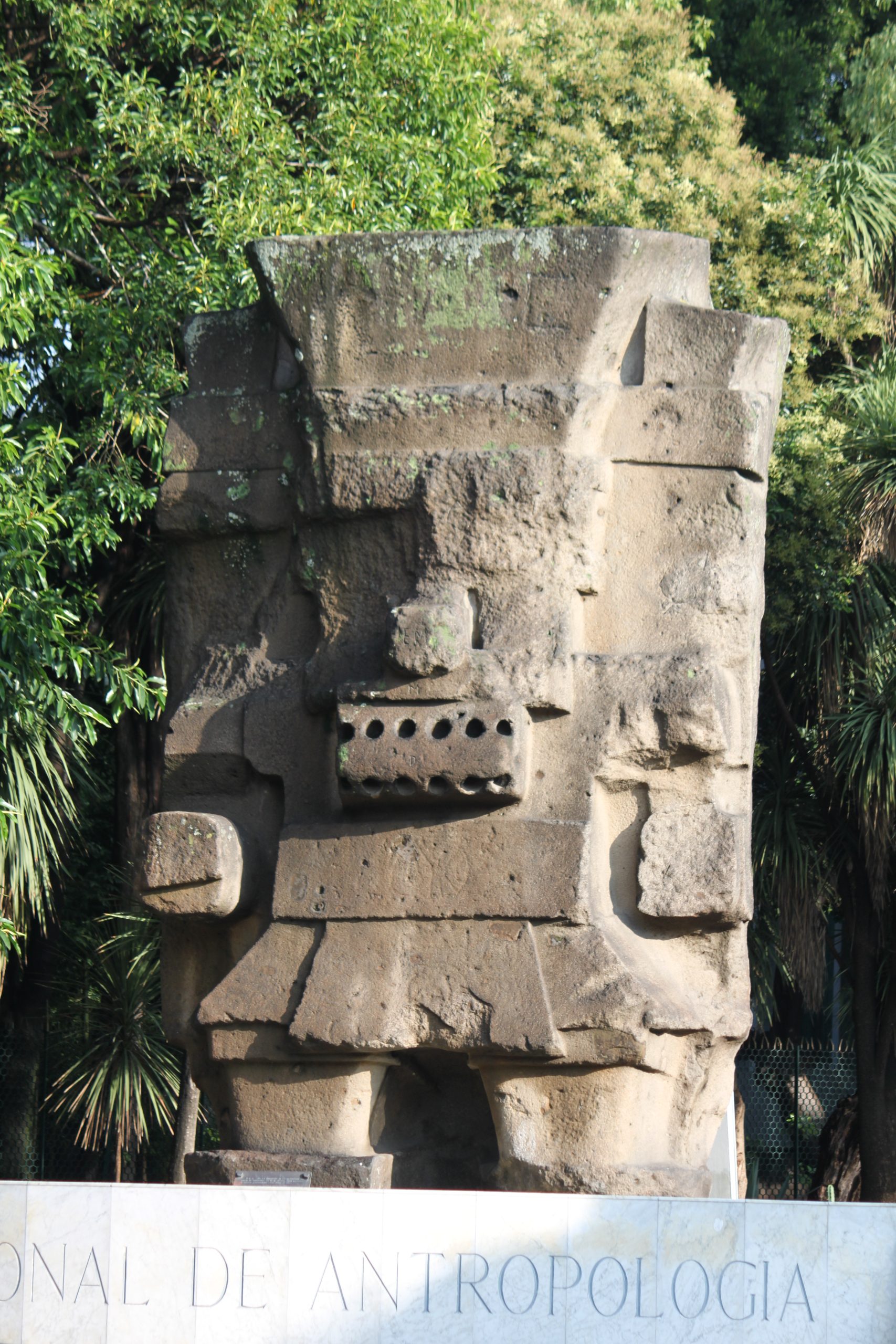

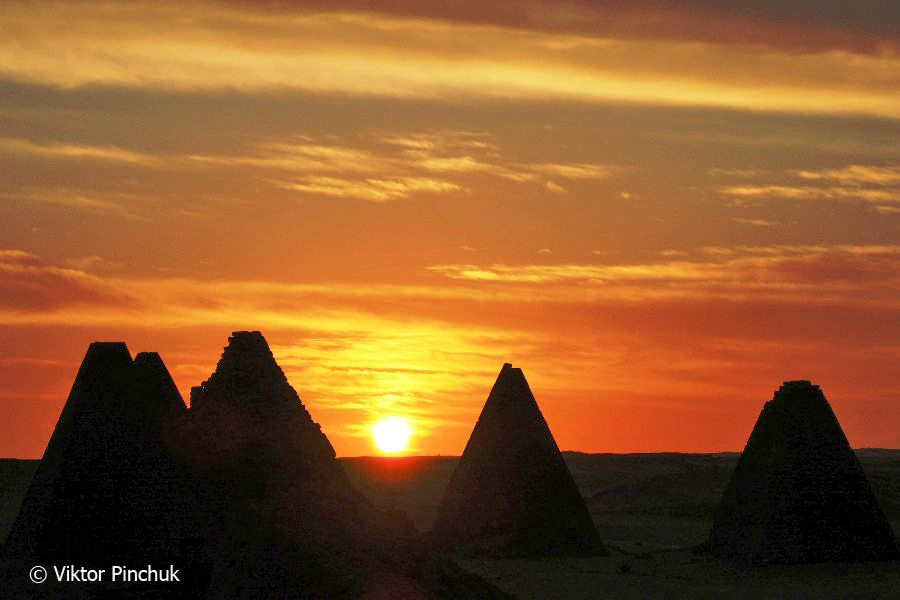


Hello!! My name is Anna
I love to eat, travel, and eat some more! I am married to the man of my dreams and have a beautiful little girl whose smiles can brighten anyone’s day!